Daniel Gliedner: Reducing the extent of light pollution
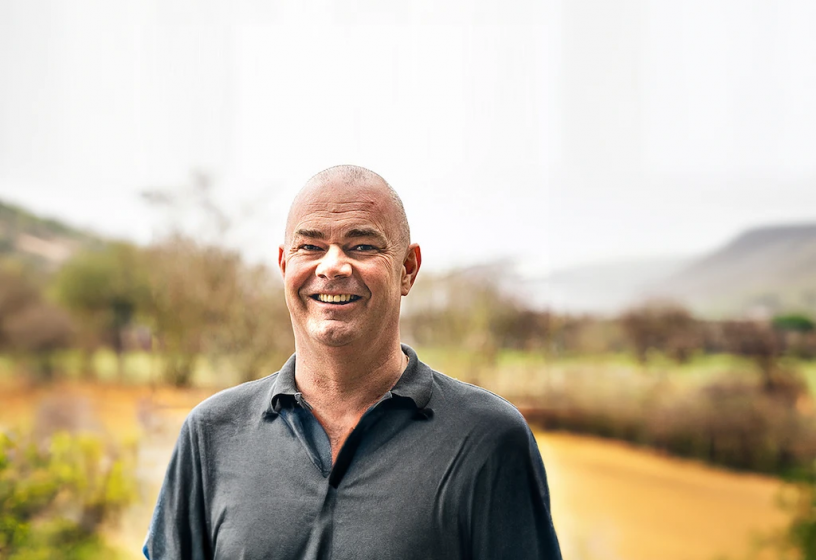
INTERVIEW
Sustainability Mag : Why is it so important to consider the impact of light pollution ?
Daniel Gliedner : Unlike other types of pollution, light pollution is often ignored and generally misunderstood. This notion covers four aspects: the quantity of light emitted of course, but also the orientation, the nature of the light spectrum and finally the flicker.
Firstly, we emit a disproportionate amount of light that greatly exceeds our needs; over the last 100 years, the cost of producing light has been divided by a million, which has not encouraged sobriety. Also, often our light fixtures and their orientations are inappropriate because they emit light well beyond the horizontal and form light halos. The poorly chosen light spectrum of our lights is also harmful to the environment and our health. The white and blue lights present in LEDs or on our phone screens can cause sleep disorders. Finally, contrary to what we often believe, lights do not emit continuously, they flicker - this flickering being more pronounced for LEDs. Of course, this is not visible to the bare eye but it is perceived by our brain and can cause migraines, epileptic seizures or fainting.
Public lighting is often quoted as the main source of light pollution, but what about the impact of companies and individuals?
Indeed, we are always pointing fingers at public lighting, but I would like to put its impact into perspective compared to that of companies and individuals. I estimate that today, public lighting - railroads, roads, administrative buildings... - represent one third of light pollution. The municipalities and administrations seem to be aware of this concern. However, the impact caused by companies and individuals is often neglected. Companies are not very aware of light pollution and are increasingly using lighting with very aggressive spectra that I would almost describe as ‘military weapons of dazzle’. The proliferation of signs and luminous panels for solely commercial purposes pollute the environment even more as their colored, sometimes flashing lights are located along roads in the countryside. The implementation of a guardrail is necessary to prevent this multiplication of light sources in the public space. As for private individuals, one only has to think of the Christmas lights that some people now install very early before the holidays! This use is pointless.
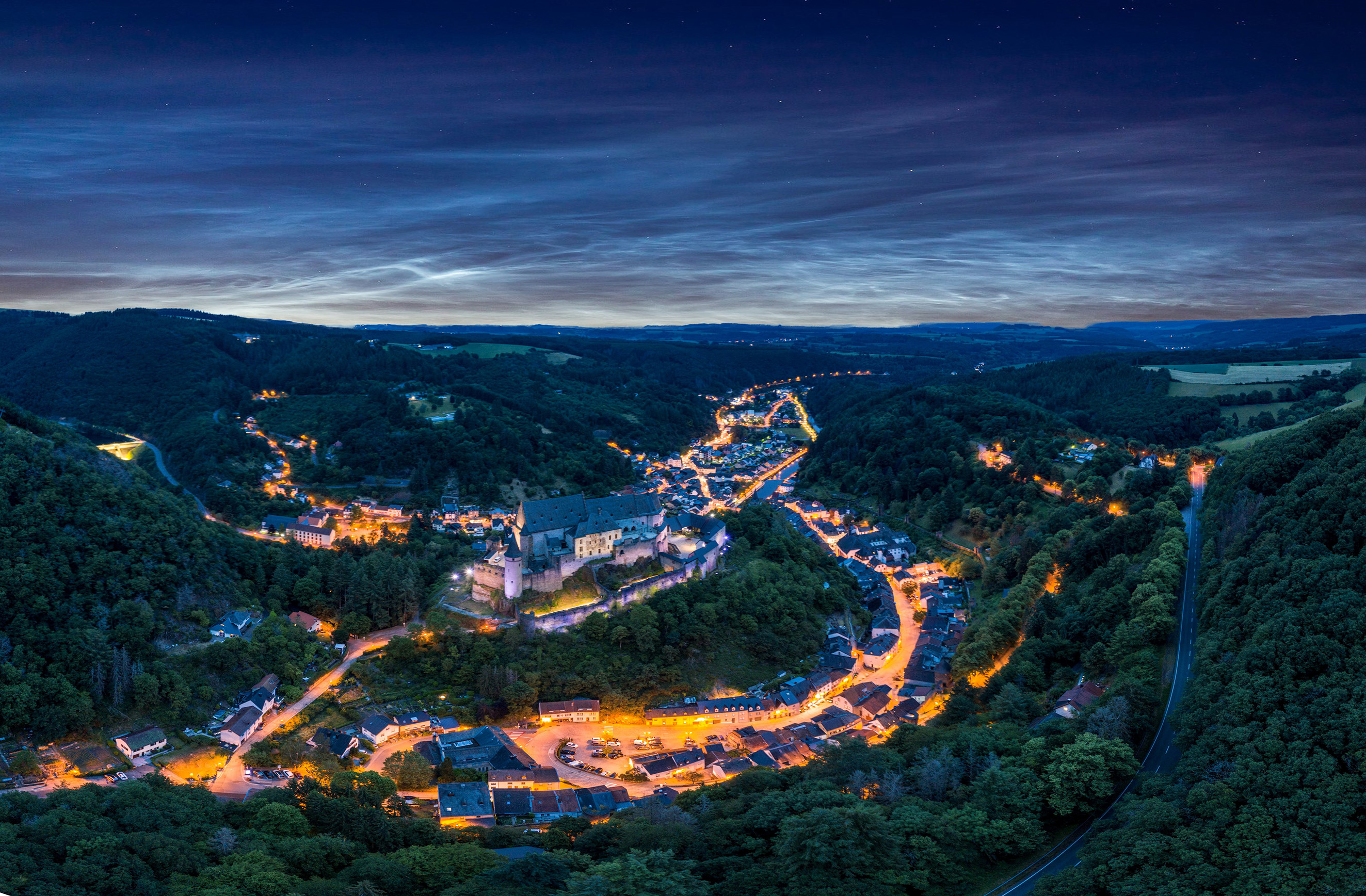
"The municipality of Clervaux has signed a memorandum of agreement to reduce light pollution and promote better lighting on the territory."
You say that the public authorities have taken up this subject. What does this mean in concrete terms?
Yes, the public authorities have taken up the issue in Luxembourg. The government in particular, has made significant progress on the issue of LED lighting. 2018 saw the plan to replace all lighting on roads, public squares, buildings, stations and monuments with low energy LED lighting by 2025. This was included in the Energy and Climate integrated National Plan for the period 2021-2030. This plan has finally been re-evaluated by considering new criteria: the specific issues related to lighting are now better taken into account. To understand what is at stake, let's recall that public lighting in Luxembourg is mainly based on high-pressure sodium lamps, a 50-year-old technology with a light spectrum that is not very harmful in itself, but its power cannot be reduced during off-peak hours. On the other hand, LEDs are more energy efficient, it is easier to adjust their power, but their main light spectrum (around 450 nm) is harmful to biodiversity. With regards to energy, it is also important to anticipate the rebound effect that the switch to LEDs may cause. Where LEDs have been more widely installed in Europe, a massive increase in lighting has offset the unit cost savings.
These multiple issues are now integrated into the thinking of public authorities in Luxembourg.
What would be the first action to be taken to reduce light pollution in Luxembourg?
Dimming and limiting lighting in time and space. There are two ways to meet the requirement of limiting lighting in time: servo-control, i.e., conditioning lighting to the attendance of people, or programming general decreases in light intensity over certain periods. The former requires equipping light fixtures with motion sensors, the latter consists of programming a general reduction or even an extinction of the light at night and at times of low activity.
Are companies lagging behind in this area?
Businesses, competing with each other to attract consumers, believe that the lighting of their buildings and advertising signs stimulate consumption.
At a time when human attention is saturated with too much advertising information, I believe that too many signs are actually a disservice to business. The lack of awareness and the low cost of energy that we have known until recently have led them to adopt unresponsible and counterproductive practices. For example, the permanent lighting of buildings at night, supposedly to deter crime, actually makes it easier for thieves to do their work. When equipped with motion detectors, the lights draw attention to any suspicious movement.
Companies have an even greater responsibility as they are often located on the outskirts of cities, close to natural areas that are strongly disturbed by these lights.
What would be responsible lighting for businesses?
The most important thing is to choose light fixtures that are oriented towards the ground. When activity areas are close to natural areas, dispersion must be avoided at all costs by installing anti-glare blades on the light fixtures, for example. To reduce light intensity and respect a favorable light spectrum, I recommend lights with a color temperature below 3000 Kelvin and to modulate the lighting according to the need.
Businesses can consult the brochure Lighting of business and commercial areas that we have published at the Our Natural Park and that is meant for them.
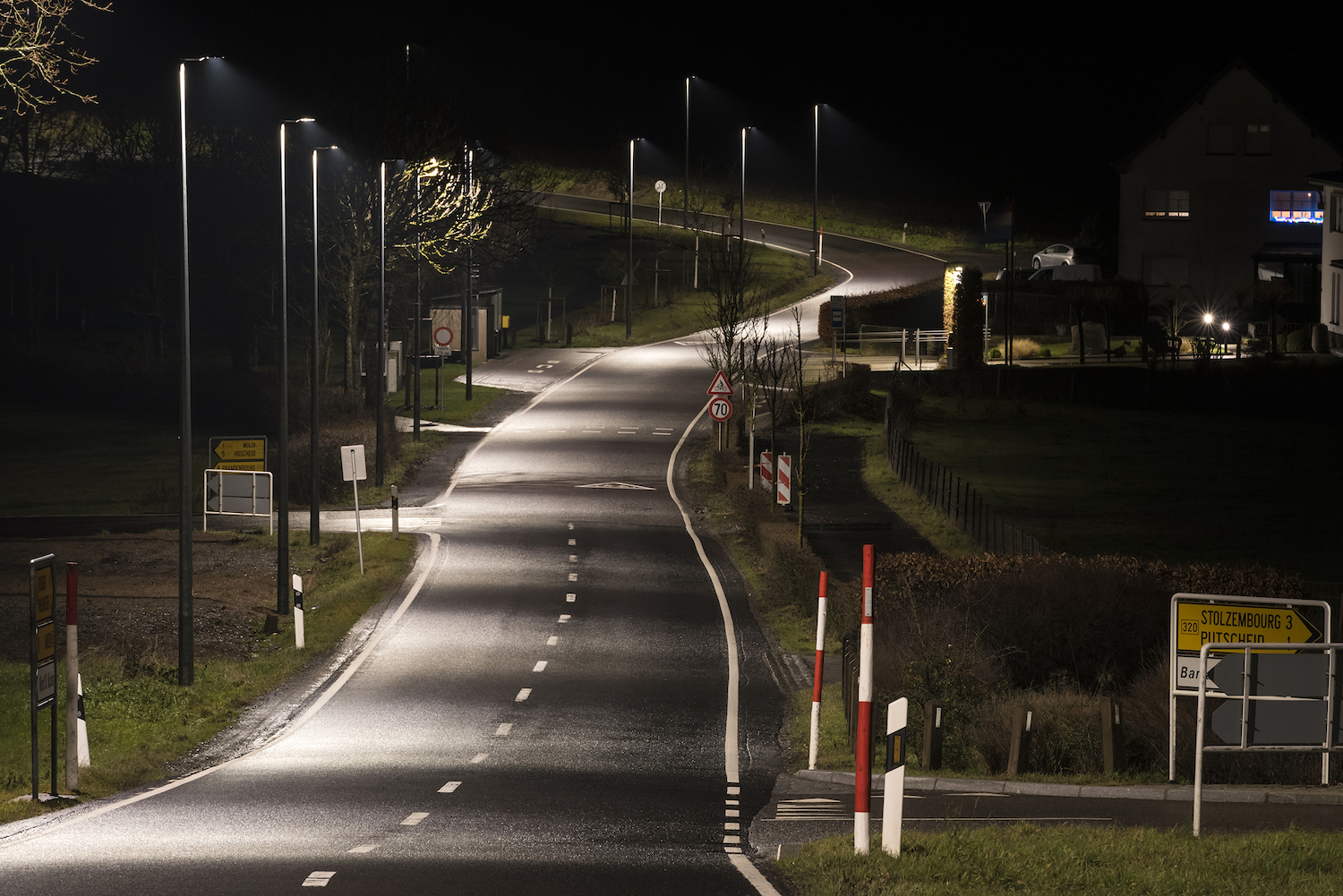
Example of adequate road lighting, road CR322 in Putscheid.
When you raise awareness among companies, do you feel that they are receptive and conscious of their impacts?
On the whole, companies are still not very concerned, mainly because they are not aware of the subject. But the minority of those which contact me are proactive in the process. I guide them towards a quality lighting for a reasonable price. As with many sustainable development topics, the awareness of companies is dependent on the general level of awareness in society. This is why we organise accompanied night walks in the natural park, where a scientist explains to visitors the consequences
of light pollution on wildlife and flora, and I explain which lighting to use and how to use it properly. Reducing lighting and using light spectrums that are more mindful to our health and our environment will increase our safety and our well-being.
Is the subject becoming central in today's energy context?
Absolutely. Generally, installations today are over-lit by a 2-to-5 factor. We still waste too much energy in Luxembourg, and the energy crisis we are facing forces us to make choices: the priority is to heat schools, to light homes and offices, not streets or empty parking lots at night!
Reducing lights directly leads to a decrease in energy consumption and eradicates light pollution from one second to the next. Reducing the lighting time and opting for a light control system are simple solutions. Municipalities in which we have implemented this strategy have saved 90% of their energy compared to static lighting. This practice is very relevant for areas that are not busy for long periods of time such as residential neighborhoods, that experience traffic peaks only during peak hours, and for most businesses that do not operate 24 hours a day and do not require staff. This is an issue where all stakeholders have a role to play!
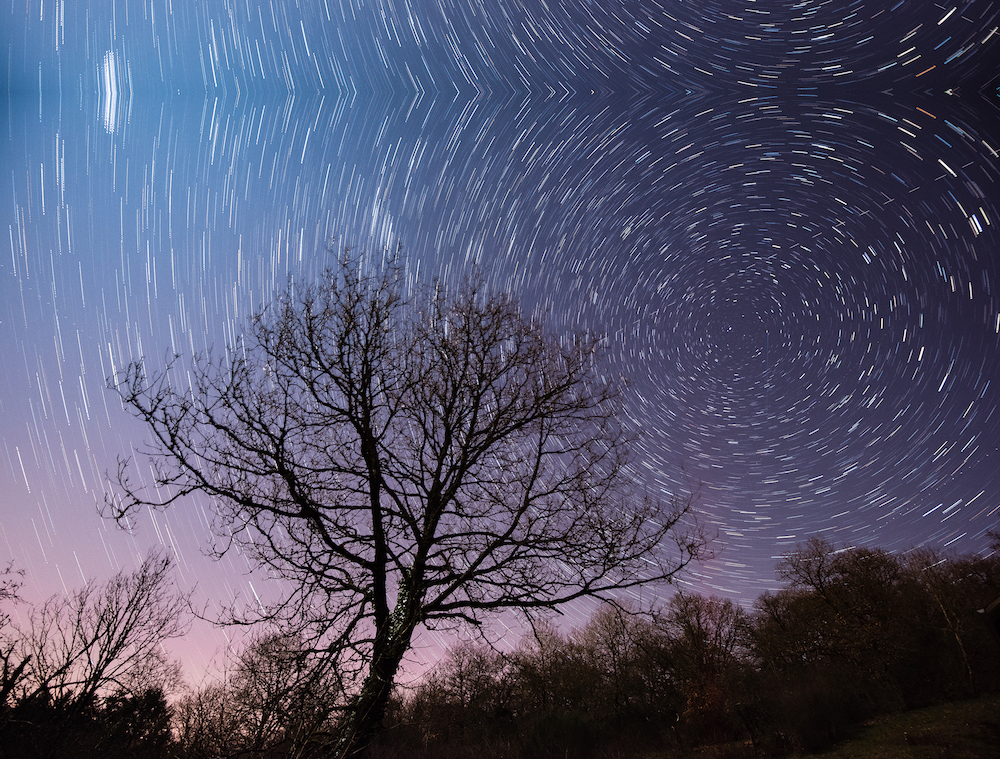
View of the starry sky in the Our Natural Park.
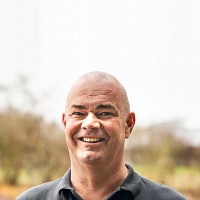
Daniel Gliedner
Daniel Gliedner, public lighting manager at Creos, is a lighting consultant for the Our Natural Park.
To be read also in the dossier "Light Pollution"


